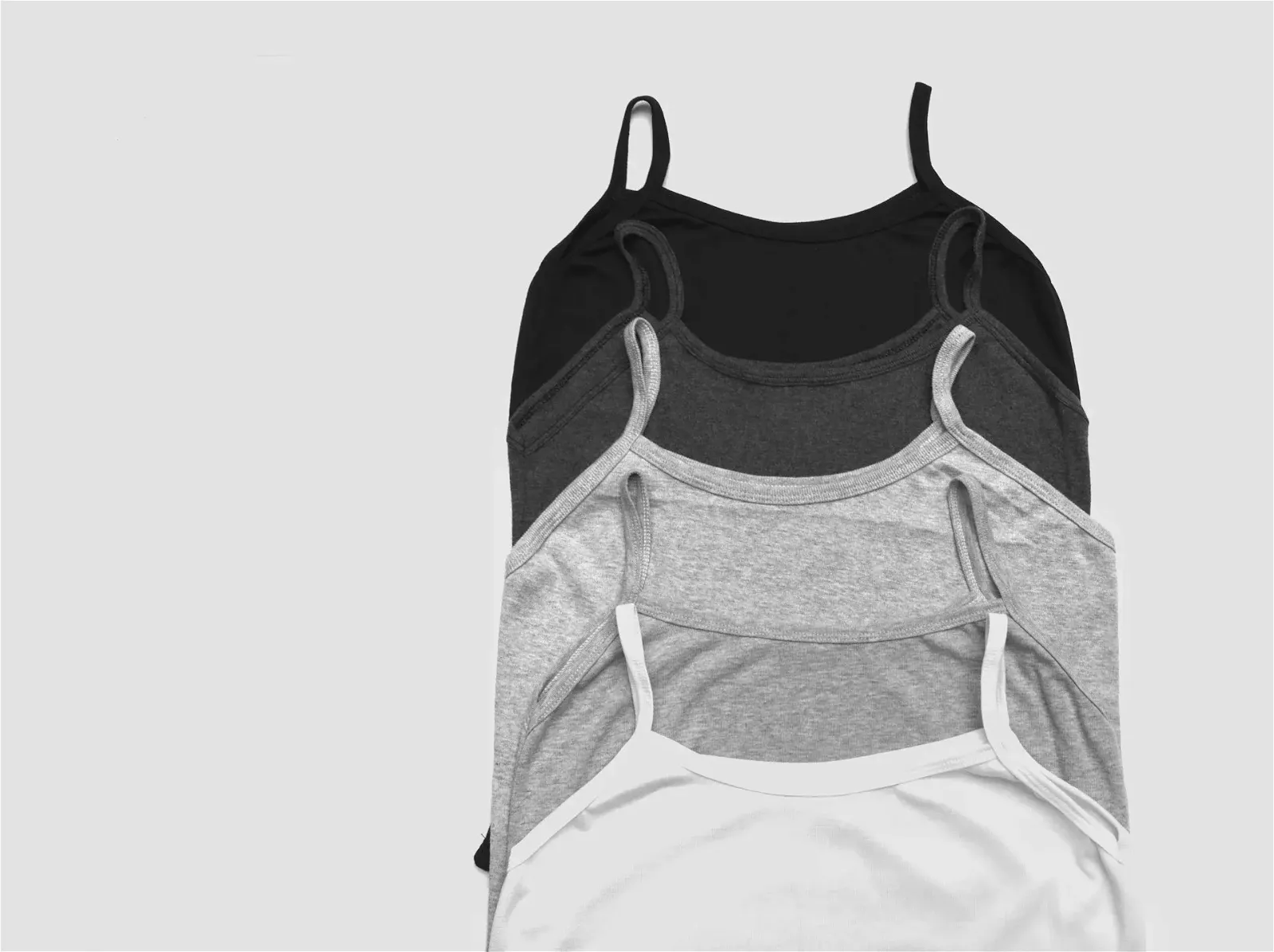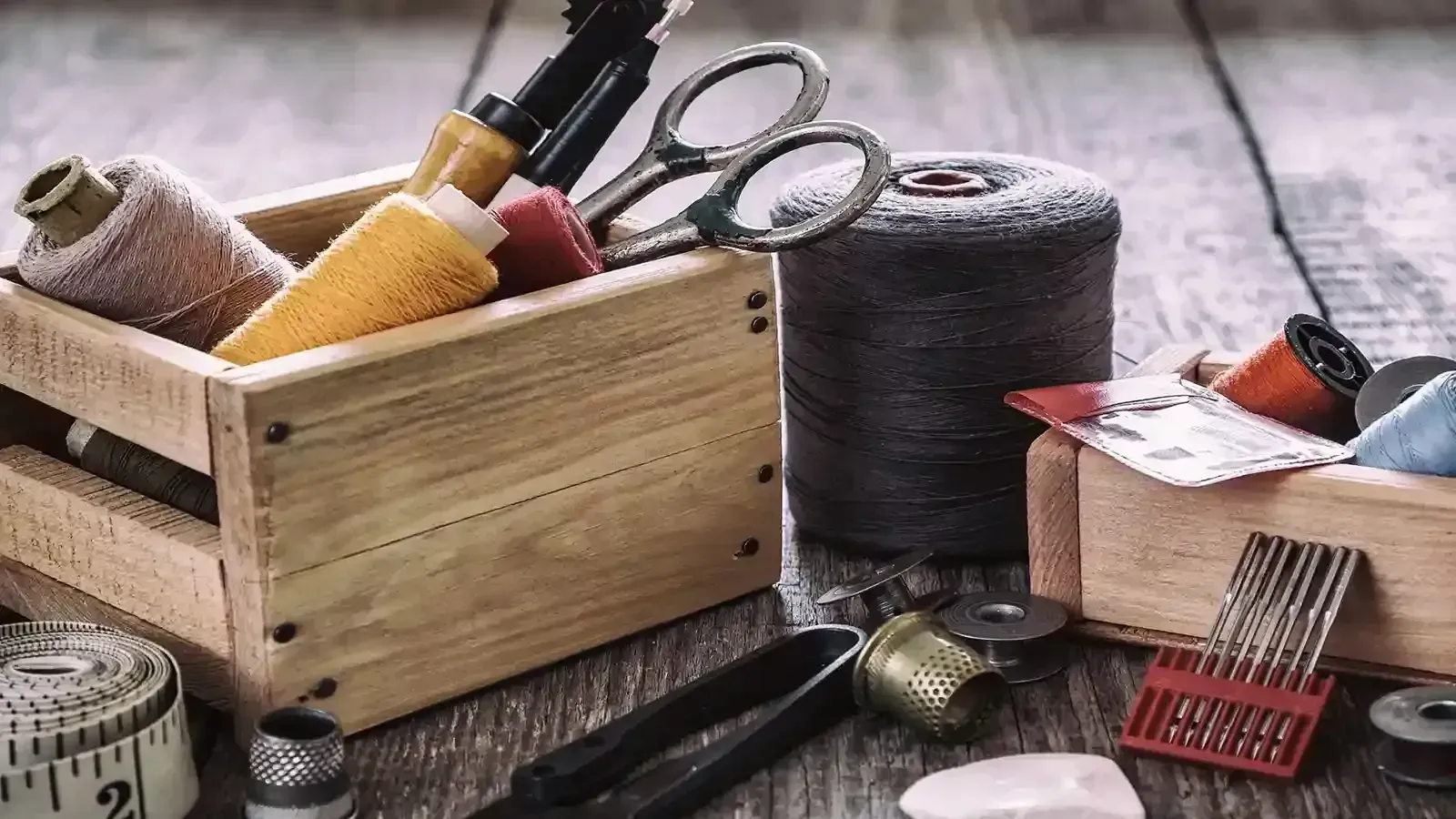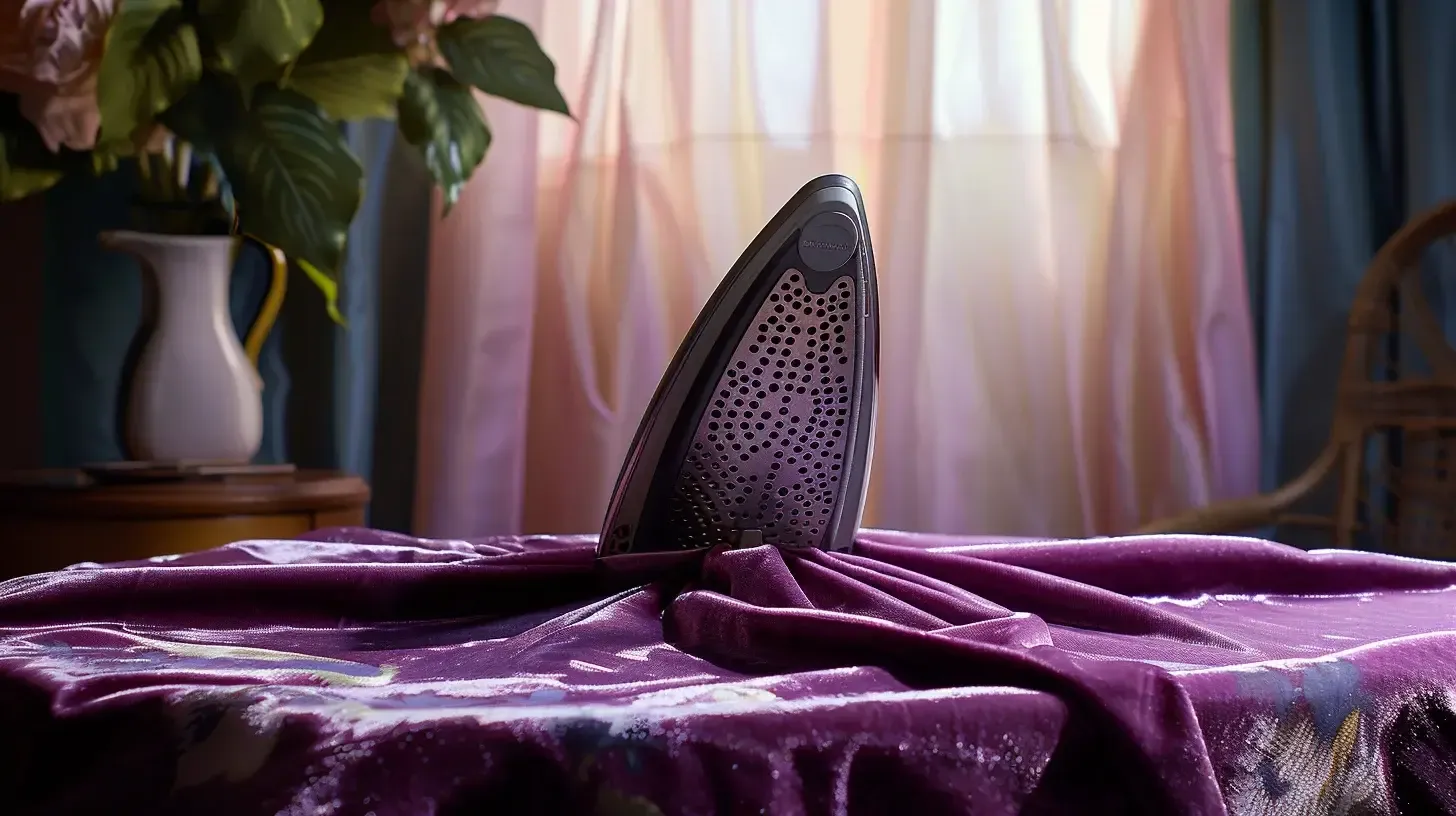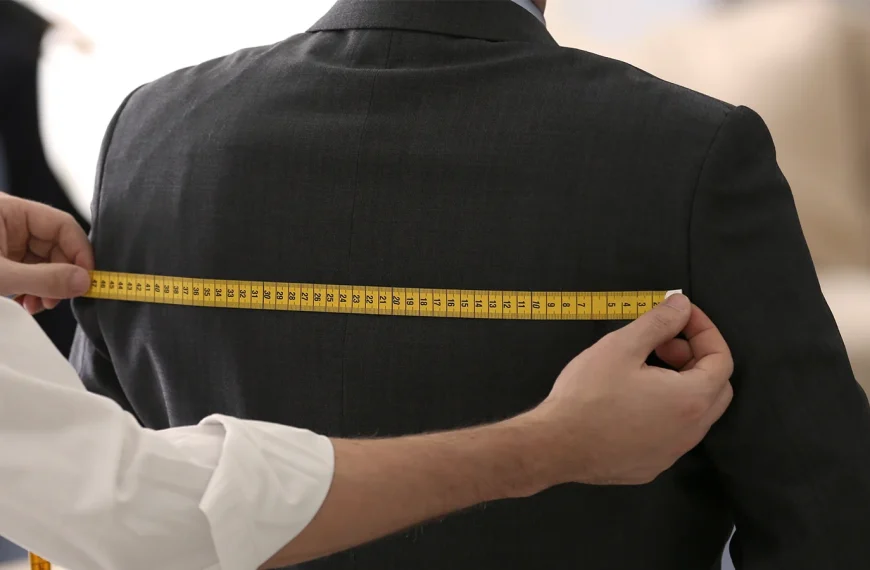Sewing with jersey fabric opens up a world of possibilities. But it also comes with its own set of challenges. Whether creating a cozy T-shirt or a stylish dress, mastering the art of sewing with jersey knit fabric requires specific techniques and tips. It’s not just about stitching. It’s about understanding the unique characteristics of this stretchy material and knowing the proper methods to bring your creations to life.
Sewing enthusiast: “Working with jersey fabric can be both rewarding and tricky. But with the right techniques, it’s definitely worth the effort.”
Now, let’s explore what exactly jersey knit fabric is and why it’s such a popular choice for sewing enthusiasts.
What is Jersey Fabric?
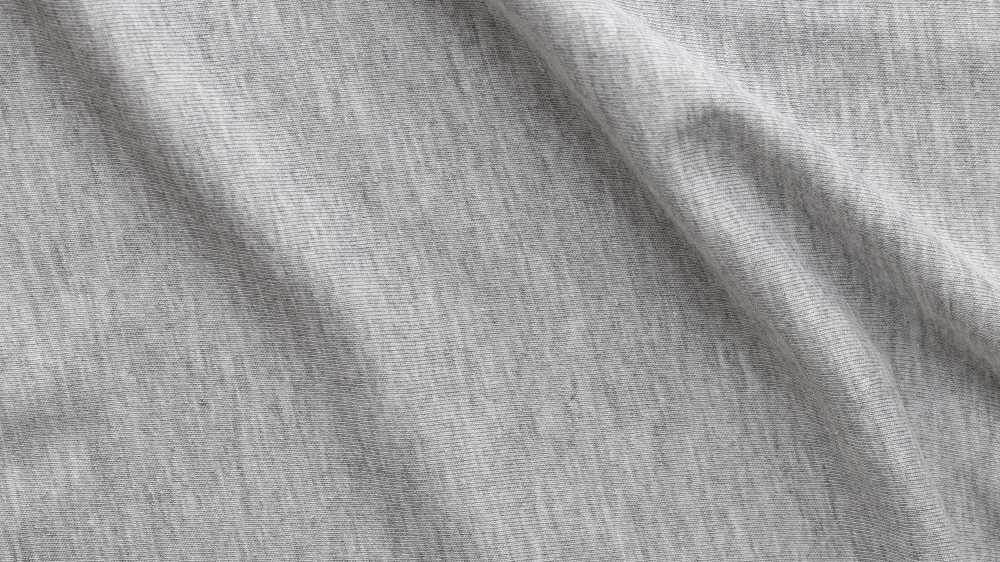
Jersey knit fabric is popular among sewing enthusiasts. This is due to its unique characteristics and versatility. Let’s dive into what makes this fabric so unique.
Material characteristics
-
Jersey knit fabric is well-known for its stretchy nature. This makes it ideal for creating comfortable and form-fitting garments like T-shirts and dresses.
-
This fabric is commonly made from cotton, polyester, or both. It offers a range of options for different projects.
Versatility in sewing
-
One of the standout features of jersey knit fabric is its versatility in sewing. It drapes beautifully. This makes it suitable for various garment types, such as tops, dresses, and even lightweight jackets.
-
Its stretchiness provides comfort and ease of movement. It is an excellent choice for casual wear that needs both style and comfort.
Understanding these material characteristics sets the foundation for successfully working with jersey knit fabric in your sewing projects.
What is the Stretch Percentage?
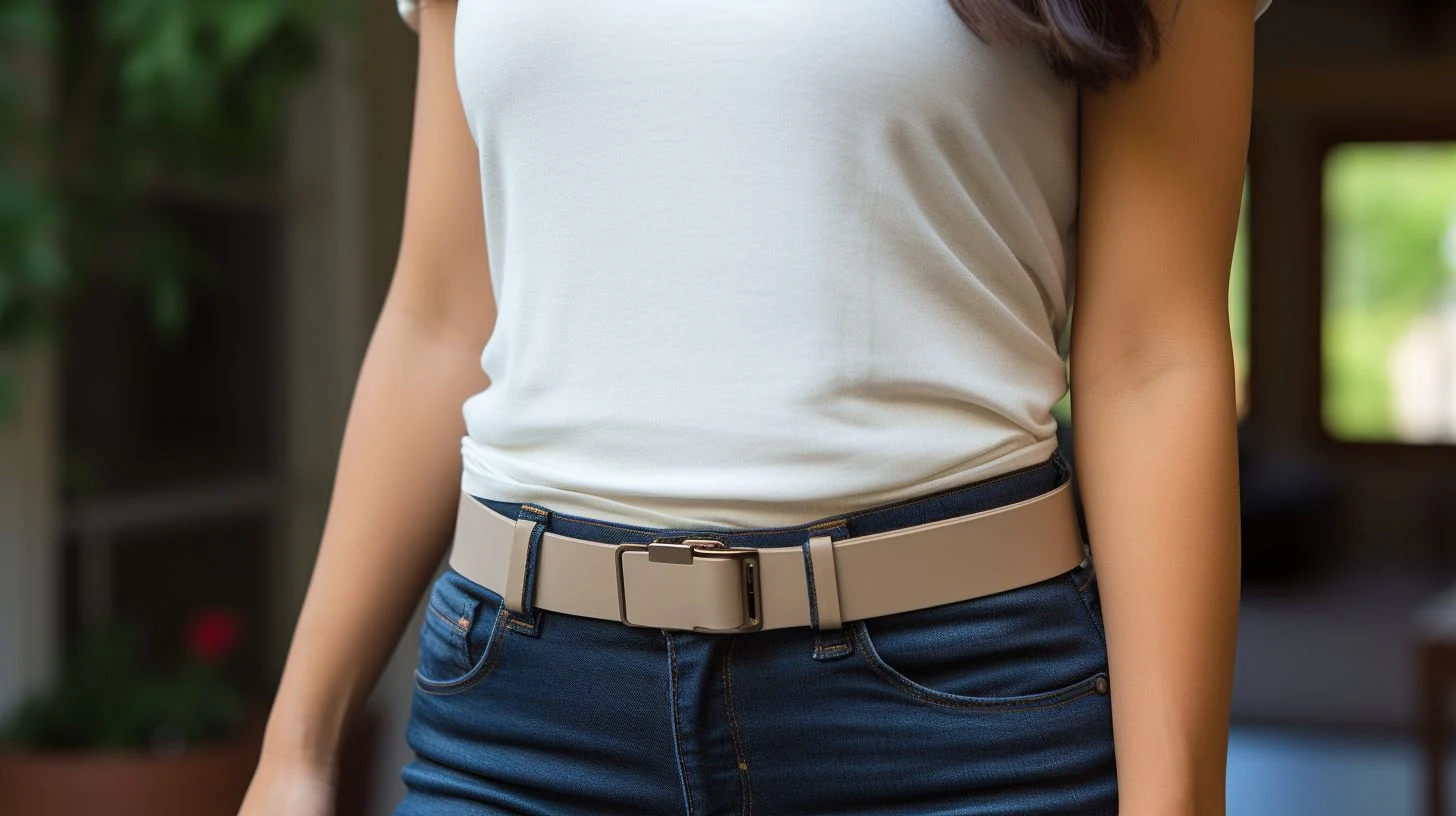
When delving into the world of sewing with jersey knit fabric, understanding the concept of stretch percentage is crucial.
Understanding stretch percentages
The stretch percentage refers to the fabric’s ability to stretch and then return to its original state. Essentially, it measures how much the fabric can stretch and recover. This is a key consideration when working with jersey knit fabric.
Measuring stretch percentage
To measure the stretch percentage of jersey knit fabric, you can start by determining its stretch in both directions. You can do this by gently pulling the fabric both horizontally and vertically to determine its flexibility. A higher stretch percentage indicates that the fabric is more flexible. This allows for greater freedom of movement and a better fit for garments.
Calculating and understanding the stretch percentage of jersey knit fabric empowers sewers to make informed decisions about which techniques and stitches will work best for their particular project.
Pre-Sewing Preparations
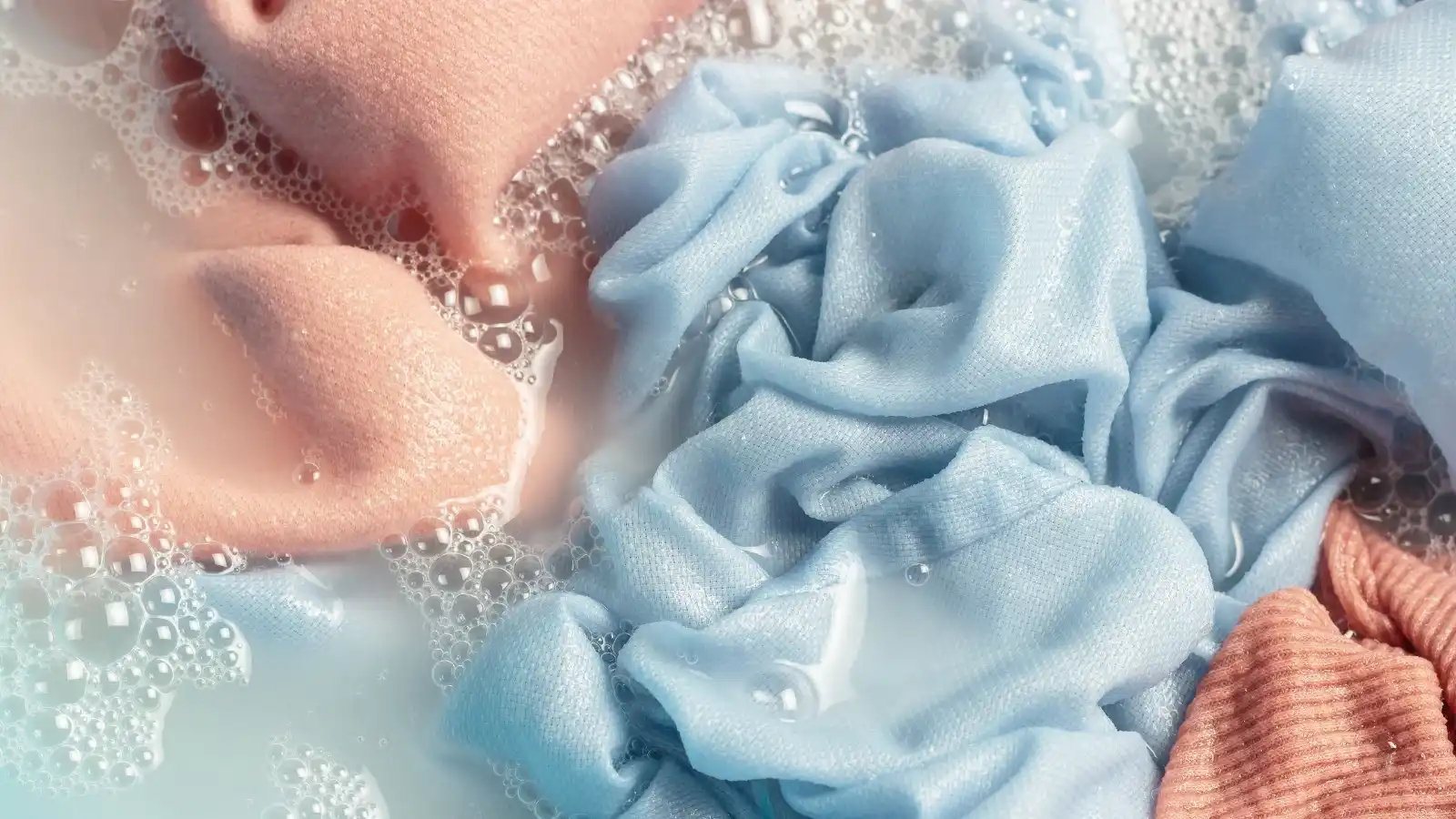
Before diving into the actual sewing process, make some pre-sewing preparations to ensure the best results for your jersey knit fabric projects.
Pre-washing fabric
-
Before starting your sewing project, pre-wash your jersey knit fabric first. This simple step serves many purposes, including minimizing shrinkage after sewing and removing excess dyes and finishes. By pre-washing the fabric, you can prevent any unwanted surprises after completing your garment. It also helps soften the fabric and remove any potential chemical residues, ensuring a comfortable end product.
Selecting the right needle
-
When sewing with jersey knit fabric, selecting the right sewing needle is crucial for a successful outcome. A ballpoint needle is highly recommended for this type of fabric due to its stretchy nature. Unlike regular needles, which may cause snags and runs in the fabric, a ballpoint needle easily slides between the fibers without damaging them. This ensures smooth and uninterrupted stitching while preserving the integrity of the material.
By taking these pre-sewing precautions, you’ll set yourself up for a smoother and more successful sewing experience.
Tips for How to Sew Jersey Fabric
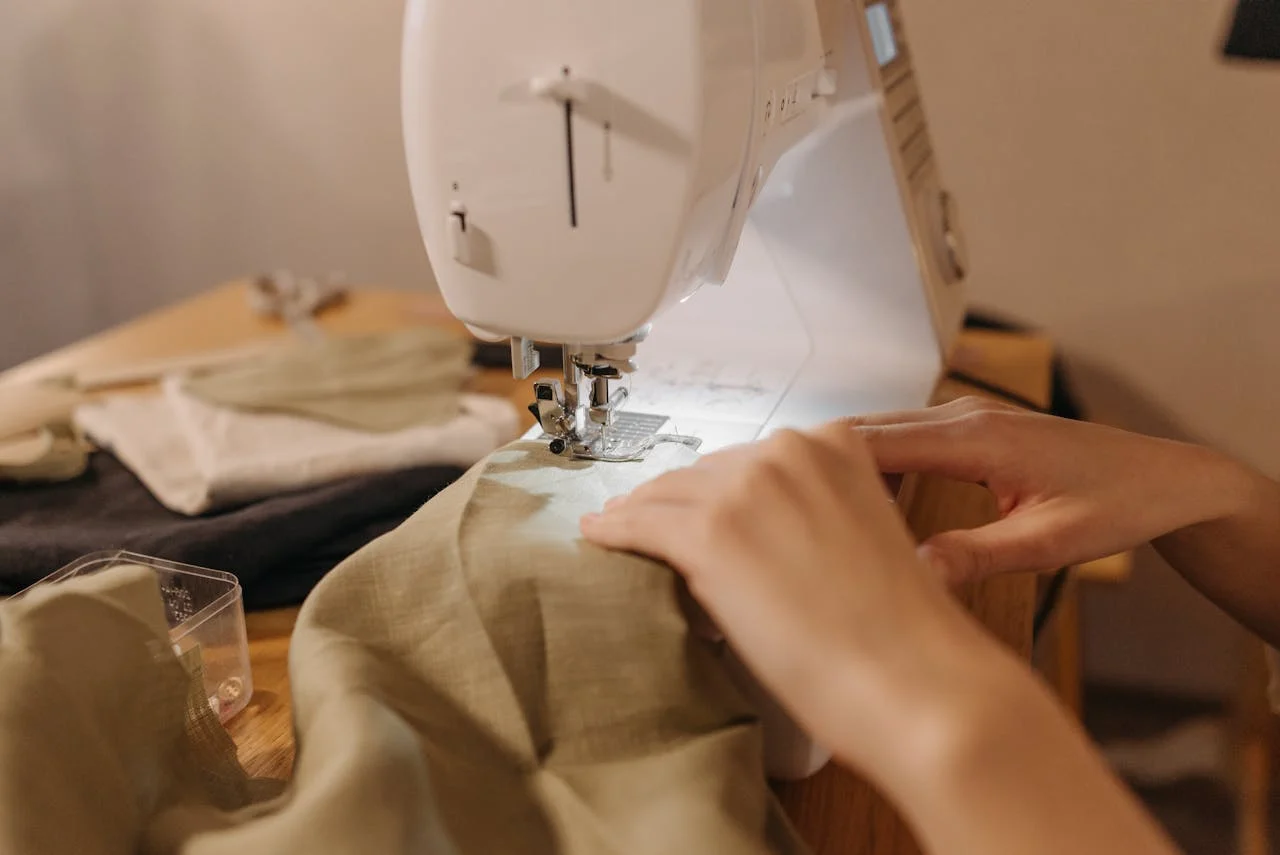
Once you have completed the necessary preparations before sewing, you can start working with jersey knit fabric.
Using the right stitch
When working with stretchy jersey knit fabric, use the right stitch to accommodate its unique properties. Opt for a stretch stitch or zigzag stitch. These stitches can flex with the fabric. They can prevent popped seams and allow for flexibility in the finished garment. This is especially important when sewing clothing items that need ease of movement and comfort.
Applying tension settings
Adjust the tension on your sewing machine when sewing knit jersey fabric. Proper tension prevents the fabric from puckering or stretching excessively. This ensures even stitching and a professional finish. By finding the right balance in tension settings, you can avoid common issues such as uneven seams and distorted fabric.
Using a rotary cutter with a cutting mat
Cutting jersey knit fabric can be challenging due to its stretchy nature. Instead of scissors, opt for a cutting mat, pattern weights, and a rotary cutter to achieve precise cuts. Additionally, remember that jersey knit fabric has a grainline parallel to the selvedge. So, aligning your pattern pieces accordingly is key to achieving optimal results.
Selecting the right thread
Selecting the right thread is vital when working stretchy fabrics like jersey knit. Different sewing machine threads will produce different results for your sewing project. Opt for a high-quality thread suitable for stretch fabrics. It ensures durability and flexibility in your finished garment.
Using a sewing machine walking foot
Consider using a sewing machine walking foot when working with jersey knits. This specialized foot is equipped with feed dogs that move in sync with the bottom feed dogs of your machine. It ensures even fabric feeding during sewing. This is particularly useful for maintaining control and preventing stretching or distortion of the fabric.
Using the right pattern
When starting with jersey knit fabric, follow patterns that specifically recommend this type of material. For the best results, adhering to the pattern’s recommended stretch percentage is essential. While experienced sewers may deviate slightly based on their expertise, beginners should closely follow these recommendations to increase their success rate when working with knit fabrics.
Don’t over-stretch the fabric.
Working carefully with stretchy fabrics like jersey knit is essential. But it’s equally important not to over-stretch them during regular stitching processes. Allowing the fabric to gently feed through the machine without pulling it taut prevents problems such as wavy seams or skipped stitches. However, there are exceptions. For instance, controlled stretching may be necessary when sewing a T-shirt neckband.
Practice makes perfect!
As they say, practice makes perfect! Embrace mistakes and dedicate time to practice, particularly when working with challenging materials like stretchy jersey knit fabric.
Conclusion
In conclusion, sewing jersey knit fabric opens up creative possibilities. It allows you to craft comfortable and stylish garments. By understanding the unique characteristics of jersey knit and employing the proper techniques and sewing tips, you can master the art of working with this stretchy material.
Remember, patience and practice are key when venturing into the sewing world with jersey knit fabric. As you gain experience and confidence, you’ll find that creating comfortable yet fashionable pieces becomes an enjoyable and rewarding endeavor.
By following these top techniques and tips for sewing with stretch jersey fabric, you’re well on your way to embarking on exciting sewing projects that showcase the versatility and comfort of this popular fabric.
FAQs
Q: Can I use a regular straight stitch to sew jersey fabric?
A: Yes. But testing the stitch on a scrap piece first is better to ensure it stretches appropriately.
Q: How do I hem my jersey fabric?
A: Hem your jersey fabric using a twin needle or a zigzag stitch to accommodate the fabric’s stretch. Remember to let the fabric relax before hemming to prevent puckering.
Q: What are some common mistakes to avoid when sewing with jersey fabric?
A: Avoid using too much tension on the fabric, as it may cause the stitches to pucker. Additionally, do not pull or push the fabric while sewing to prevent distortion.
Q: When sewing jersey fabric, do I need to adjust my machine settings?
A: It is recommended to adjust your machine settings, such as the stitch length and tension, to accommodate the stretchiness of jersey fabric. Test on scrap fabric before sewing your project.
Q: How can I ensure a professional finish when sewing jersey fabric?
A: To achieve a professional finish, use the appropriate tools and techniques, such as using a twin needle for hems and sewing with a stretch stitch for increased durability.
Learn more sewing tips on Longan Craft Blog! Dive into the fabric world with Longancraft!

